Bric-a-Brac 60
Trekking in Bhutan, a dreamy camp in Rajasthan, the otherworldly island of Socotra and the fixer who can take you there. Plus: the travel insurance you should probably get!
In all of my years of working with Yolanda (which might be close to a decade all in, if you count our time at Martha Stewart and CN Traveler), I’ve found that we have remarkably similar taste in some regards—hotels (classic but soulful), clothes (everything navy), and things (old). But in one regard we really diverge. Whereas she is a devoted Europhile, who finds adventure in exploring familiar places ever more deeply and thoughtfully, I dream of flinging myself out farther and farther—Sub-Saharan Africa, India, Papua New Guinea. Give me a tent and a bedroll on the soft earth (and, okay, someone to make breakfast the next morning) and I am at my happiest. Naturally, I was thrilled about our Fall ’23 Adventure issue of Yolo Journal (out now!). In it, our contributors cross the Atlantic in a sailboat and road-trip through the American Southwest; surf in Sri Lanka and ski in Cortina; plus I wrote about an unusually transportive safari I experienced in Kenya (poetry was involved). You can order a copy here or find stockists in your area here.
In that spirit, this week’s Bric-a-Brac contains even more ideas for adventure, with a few things on my personal bucket list. Libby DeLana writes about her trek with friends through Bhutan, Rymn Massand, a friend who is as well traveled in India as anyone I know, took her son to one of Suján’s magical tented camps in Northern Rajasthan, and Edmund Le Brun, co-founder of Ishkar—a fixer who organizes the most intrepid trips—talks about how you can securely travel to parts of the map that seem to be off limits (my dream: Socotra!). And finally, because safety is always front of mind on these kinds of epic journeys—and after a couple of close calls—I wrote up a little primer for our “Pain Points” column on who should purchase medical travel insurance and how. —Alex Postman
JUST BACK FROM…Bhutan
By Libby DeLana
The three of us stepped off the plane after 24 hours of travel to the welcome of a sparkling blue sky, wildly crisp air, and a mountain range that felt as if it held the wisdom of the world in its peaks and forests. Our trio of friends had begun our journey to Bhutan with flights from San Francisco to Hong Kong to Bangkok to Paro, the country's only international airport. The approach to Paro was breathtaking, as the plane descended through a valley so narrow and dramatic that the pilot announced, “Please do not be alarmed at how close we come to the mountains!”
Bhutan, the land of the thunder dragon, is a small kingdom nestled in the eastern Himalayas that has long fascinated travelers with its stunning natural beauty, vibrant cultural heritage, and deeply ingrained Buddhist values. Despite its size, Bhutan is a country rich with experiences for visitors, from trekking through pristine forests to exploring ancient monasteries and temples. Along the way, we stayed at a convenient well placed hotel, a charming comfortable farmhouse hotel, a historic building turned lodge and a glorious hotel for our last nights.
On arrival, we were greeted by our tour guide and driver, who would be our companions for the rest of the trip. Both were patient, generous of spirit, and full of wonderful stories. Our first destination an hour from the airport in Paro was the capital city of Thimphu, which still retains a small-town charm and deep connection to Bhutan's cultural heritage. We visited the Tashichho Dzong, a fortress that serves as the seat of Bhutan's government and houses several important temples and shrines. The dzong's intricate architecture and ornate decorations are a testament to the country's commitment to preserving its cultural heritage.
We continued on to the Punakha Valley, known for its natural beauty and ancient monasteries—a highlight of the trip. The Punakha Dzong, also known as the Palace of Great Happiness, is one of the most impressive structures in Bhutan, with its towering walls and remarkable woodwork. The dzong is also home to one of Bhutan's most important relics, the Ranjung Kharsapani, a sacred statue that is said to have been brought to Bhutan by Guru Rinpoche himself—known by most Himalayan Buddhists as the second Buddha.
We embarked from there on a trek to the remote village of Phobjikha in the northern part of the country. The trek took us through some of Bhutan's most astonishing scenery, including dense forests, snow-capped peaks, and crystal-clear streams. The village of Laya, with its traditional houses and peaceful atmosphere, was a world apart from the hustle and bustle of Thimphu.
The most well-known and impactful destination in Bhutan is arguably the Taktsang Monastery, aka the Tiger's Nest. Perched on a cliff more than 3,000 meters above sea level, the view of the monastery is one of the most iconic images of Bhutan. The hike up is challenging, but well worth the effort, with spectacular views of the surrounding mountains and valleys—each step more breathtaking than the next, literally and spiritually. We were fortunate to reach the summit very early before other visitors, and spent an hour in the monastery including a particularly impactful encounter before one of the great golden Buddhas, when our guide lit a butter lamp and invited us to sit quietly on the cool floor. We closed our eyes and thought about our loved ones, which brought tears to my eyes. On our descent, we paused to have a cup of tea and look back up at the extraordinary structure above us, to imprint it in our memories.
Throughout our trip, I was struck by the powerful sense of community and spirituality that seems to permeate every aspect of life in Bhutan. Buddhism is an integral part of Bhutanese culture, and the country's commitment to its “Gross National Happiness,” which is a measurement that emphasizes the importance of spiritual, cultural, and environmental values as components of well-being, is evident in every aspect of daily life.
Every spring in the Bumthang region is the Paro Tsechu, an annual religious festival in honor of Guru Rinpoche, “the lotus born teacher.” This vibrant celebration of Bhutanese culture involves two days of colorful dances and performances, traditional costumes and intricate masks. The most amazing moment of this festival is the Fire Blessing Ceremony, where participants run through a burning arch. They say running through the fire three times burns away all the sins and evil of the year. It was nerve-wracking to stand next to the burning tower, which reached 40 feet high when consumed with flames, and watch the community run through. But our guide knew exactly where to position us so we could truly feel it—a complete privilege and a truly magical experience.
THE DETAILS
When to go: The best months to visit Bhutan are March/April for warm temperatures and stunning rhododendron blooms, and October/November for clear Himalayan views and the most popular festivals, which are absolutely stunning and a very meaningful experience.
Getting there & around: Although in 2022 Bhutan relaxed its rules to allow individual travel to the country, there is still all sorts of red tape involved in planning a trip—visas are required, hotels need to be booked in advance and you have to pay a $100pp tourism tax called an SDF (Sustainable Development Fee—down from $200 as of this September), so it’s really advisable to use a licensed tour operator to plan it all for you. We went with Namgay Adventure Travel and recommend them wholeheartedly. Be choosy and inquire about your guide team—you will be spending all day with them and a calm, experienced driver to navigate the steep and narrow roads is very reassuring. As part of your research, ask how many people will be in the car—we were lucky to have only three of us in a little minivan, with plenty of space to stretch out.
Currency: Local currency is a little hard to acquire once in the country, so best to get it at the airport. Also, you will get a better rate with larger bills. It was handy to have cash for tipping the guides and drivers at the end of the trip, $20pp per day and $30 per day for the driver, though daily needs were covered by our arrangement with our team.
What to wear/bring: Leggings, shorts, tights, and yoga pants are not acceptable in the temples. In mid-April, we wore lightweight trekking pants, a blouse and simple sweater during the day. However, there were big temperature shifts so you will want layers. We often had warm hats and puffy coats in the morning and were sweating on the trail in the afternoon. And I was glad to have trekking poles on the narrower trails—that said, our guide team had them as part of their travel kit, so we didn’t need to bring them with us—check before you go. Polarized sunglasses (these from Goodr), good hiking shoes (I like Hoka Anacapa) and a good pair of hiking trousers (I love the Keb from Fjallraven) are great to have.
Food & Drink: Bhutanese cuisine is a blend of Indian, Tibetan, and Chinese influences. Some of the must-try dishes include ema datshi (chilies and cheese), phakshapa (pork and radish stew), and jasha maru (chicken in red sauce). Vegetarians will find plenty to eat, and if you like a drink at the end of the night, all of our hotels/lodges had it on offer. You’ll get dehydrated from the elevation and exertion—I found electrolyte powder in my water to be a lifesaver.
Language: Dzongkha is the official language of Bhutan, and learning even a few basic Dzongkha phrases will show the locals you are making an effort to respect their culture.
Libby DeLana is an award-winning executive creative director, designer, and art director by trade, who has spent her career in the ad world. She is the co-host of This Morning Walk Podcast with Alex Elle, has a 12-year daily walk practice and is the author of Do Walk: Navigate Earth, Mind and Body. Step by Step. @parkhere @thismorningwalk
PHARMACY FIND
I learned about Samahan, a South Indian Ayurvedic herbal tea, from my friend Julia, who is German and a super intrepid traveler (she just got back from a 3-day ultramarathon in the Jordanian desert!). She swears by this remedy to keep her healthy when she’s flying or on the road. The company’s site describes Samahan as a “preparation of selected medical herbs used over centuries in health care” with 14 different herbs; “some act as synergists, and some as bio-enhancers.” It’s supposedly anti-inflammatory and immune boosting, so great to take at the onset of a cold or flu. But it’s also recommended as a daily “health shield.” I first used it on my recent trip to Botswana, and while it may or may not have helped me stay healthy, I found it to be a great early morning ritual when jet lagged—I’d wake up in the dark, pour a packet into a glass of warm water, and sip it slowly in bed before checking my phone or computer—just a little quiet time to clear my head and think about the day to come. Although I imagine you can find it in an actual pharmacy somewhere, you can easily buy it on Amazon! —A.P.
GUEST BOOK: SUJÁN The Serai, Jaisalmer, India
By Rymn Massand
Best for… A side trip to the desert in Rajasthan that could be equally romantic, adventurous, or restorative.
The look and feel… Set in the desert of western Rajasthan surrounded by undulating sand dunes, tall grass, a broad sky and beautiful tents (inspired by the royal caravan sites of the past), the feel of The Serai is, in one word: golden. That’s largely owing to the yellow limestone and sandstone architecture of the “Golden City,” from which Jaisalmer’s historical fortress (a UNESCO World Heritage site a few km away) is built—also used here in the foundations of the canvas-clad tents.
When my 19-year-old son and I arrived by car (a one-hour flight from Delhi and a 45-minute drive from Jaisalmer), we were greeted by riders on camels that cantered ahead of us as we turned into the main gates. Inside, I immediately fell in love with the property’s elegant common spaces: the bar and library are particularly chic in crisp whites, desert beiges and local weaves, with full bookshelves, chess tables and deep leather chairs that practically beg for a post-prandial glass of single malt. The lantern-lit pathways that lead to the tents, past the pool, and through tall brush rustling with birds and butterflies all blend seamlessly into the surroundings.
Together with Suján Sher Bagh in the Ranthambore Forest (tiger country), and Suján Jawai in an area of Rajasthan that is home to some of India’s last wild leopards, the Serai is their third camp. Founded, run and designed by Anjali and Jaisal Singh, the Suján group have been committed to conservation for decades, along with various local health and education initiatives in the towns and villages near their camps. Having visited all three camps multiple times, each has a different mood. The Serai feels the most reflective and is perfect for the peace and quiet that isn’t always easy to come by in India (aided by great food, stellar service and the vast beauty of the desert). A visit to the stunning fort at Jaisalmer is a must, as are the majestic dunes that surround the Serai.
The rooms…There are 21 tented suites scattered across the property, each in its own private garden. White sofas line the private terrace, where birds alight at all times of the day as you sit and sip your morning coffee or evening aperitif. The sitting room is decorated in classic safari style (writing desk, campaign chairs, colorful textiles that are locally sourced and woven). In the palatial bedroom, a king-size bed sits in a cocoon of a room with a fully stocked bar and, beyond it, a gigantic bathroom leading to a plunge pool. This space, surrounded by open sky and birdsong and then flickering with candles by night, is a room that is hard to leave and heaven to return to.
The wellness… There’s a separate spa area with multiple tents offering ayurvedic, reflexology and organic treatments, a pool set in limestone, and meditation and yoga offered mornings and evenings. I found the landscape deeply meditative, too—the constant trilling of birds was enough to induce a trancelike state. While I luxuriated in multiple treatments and massages, my son spent his time in the pool and cycling around the pathways that run through the vast grounds.
The food… Much of what is served is grown organically within the property. We started the morning with breakfast served on a farm table set within their fields and gardens—freshly picked, freshly squeezed, freshy baked. The kitchen excels in regional Rajasthani fare like laal maas, yogurt fritters and the typical Rajasthani thali (served on a silver platter with bite-size tastings of all local specialties). However, they are just as adept at an international menu: my son asked for a lamb burger on a whim and within minutes it appeared, cooked to perfection. Honorable mention to the perfect martini (or two) served nightly at the bar.
Be sure to… Have sundowners on the dunes, entailing taking a jeep through farms and villages to arrive at the massive dunes, where camels await a sunset ride followed by champagne. We also loved watching an outdoor movie under the desert night sky in true camp style, with lanterns scattered around and a film accompanied by dinner on safari stools. And be sure to book a meeting with local artisans (potter, woodworker, or weaver), who come by for demonstrations. Jaisalmer has a rich craft culture, and the pleasure of meeting these masters who’ve perfected their skill over generations (and buying a piece or two) is unparalleled. One of the potters invited us to his village workshop a few villages away, and we happily took him up on his offer. Entering his small home, we were greeted by his entire family (both his sons have carried on the pottery tradition), and with great pride were shown his workshop and the roof where rows of pots baked in the hot desert sun, along with a long recitation of the tradition of pottery in this part of Rajasthan.
Parting words… Beautiful and calming. I would return tomorrow if I could.
Date of stay… October 2023
Rymn Massand is a designer, creative director, writer, consultant and occasional travel editor. She’s the founder and director of +RYMN, a creative consultancy working with luxury brands, magazines, publishers, hotels and entertainment to bring a creative vision to design, art direct and reshape the brands they work with, from India to Paris to NYC and everywhere between.
THE NAVIGATOR
Edmund Le Brun, Co-Founder, ISHKAR
Tell us about you and your company.
I co-founded ISHKAR with my wife after living in Afghanistan for four years. Like Afghanistan, many countries impacted by conflict or political instability are so much more than the headlines for which they are known. We wanted to show people first-hand the rich culture, heritage and natural beauty of regions rarely visited by foreign tourists. Having started out pursuing this mission through selling high end craft, in 2018 we branched out into travel.
What’s the entry level to talk to you?
We run both group trips and bespoke trips. Entry level group trips start at around US$3,500.
What is the sweet spot of your expertise?
We are experts in rarely visited locations in rarely visited countries - Yemen, northern Pakistan, Afghanistan, Democratic Republic of Congo, Sudan and Ethiopia, to name a few. Although these locations might sound intrepid, even dangerous, we only travel to areas which are completely safe, and our trips are more about cultural tourism than adventure tourism. Our trips are typically led by experts, whether they be photographers, artists, journalists or conservationists. All our guides have a knack for delivering spontaneous experiences which surprise, delight and inspire.
A favorite experience/trip/itinerary you’ve planned that best represents your philosophy…
The first ever trip we ran remains true to our philosophy today. Led by a New York Times photojournalist, Andrew Quilty, we took a group of eight travelers to central Afghanistan. For ten days, we explored the rich history of this region, hiking in the mountains, exploring crumbling ancient fortresses and picnicking by turquoise lakes. The trip was interspersed with meeting a diverse range of people from Afghanistan—politicians, entrepreneurs, archeologists and artisans—leaving our travelers with a long-lasting impression of the country beyond the images captured on their camera (which were all the while improving under the watchful eye of Mr Quilty).
A favorite hotel/lodge/house you love and go back to again and again…
The Serena Altit Fort Residence, in the Hunza valley, Northern Pakistan. True luxury at the foot of 7,000-meter mountains.
The most memorable meal you’ve had while traveling…
A cheeseburger in Nepal. It arrived after one hour. Two buns and one slice of cheese, punctured by a cocktail stick proudly holding a Maraschino cherry.
A not-to-be-missed favorite experience in your region(s) of expertise…
Swimming with whale sharks off the coast of the Yemeni island of Socotra.
What is a place we should consider traveling to that could really use our dollars, and what is a place we should put on hold because, even though we love it, it sees too many tourists?
The Hunza Valley, northern Pakistan, is stunningly beautiful and culturally fascinating, yet receives very few foreign tourists. It is mad not more people know about it!
If I’m writing this from the future, I would say Socotra. I would still urge travelers to visit this extraordinary island. However, due to the island’s small size and utter uniqueness, I fear it will, within a few short years, be overrun with tourists. That’s not the case now—so I urge readers to go whilst it is still a well kept secret!
Underrated location, overrated location, personal favorite, recent discovery?
Underrated location: The Kivu region of the Democratic Republic of Congo
Overrated location: Cartagena, Colombia
Personal favorite: Bamiyan, Afghanistan
Recent discovery: Lamu, Kenya
The hardest-working item you always pack…
My Meindl Bhutan Walking Boots. Best purchase I’ve ever made.
What is something you wished we all knew or were better at as travelers?
To leave your phone/camera behind.
To find out more about our trips, visit www.ishkar.com or email us at explore@ishkar.com. Our main instagram is @ishkar.co, and our travel diaries is @ishkar.travel
PAIN POINT: Should I get medical travel insurance?
By Alex Postman
I confess this is not a question that entered my mind before last year. First, my husband and I rented an ATV on the Greek island of Antiparos—we are not remotely ATV people, but with no car and just 3 taxis on the island, it seemed an easy and maybe even fun way of getting around. Long story short, a steering column malfunction (it literally popped off!) caused us to crash into a stone wall and rocket through the air into the road. Then I was traveling through Central Mexico with my 78-year-old mother who, after an arduous and dusty trek into the mountains to reach one of the region’s Monarch butterfly sanctuaries, landed in the hospital with pneumonia.
In both cases we were all in the end more or less okay, and the medical expenses were fortunately not too high. But it did make me think of how easily the outcome could have been SO much worse—not just physically but financially.
When I started researching this question, I quickly discovered that medical insurance is covered under most umbrella travel insurance policies. Maybe you all know this already, but I didn’t! This opened a whole new Pandora’s box that I will have to decode for you in a separate post. (Upshot: from now on, I will be buying travel insurance for every major trip I take abroad!) But medical insurance can be purchased separately, and in some cases arguably should be, when the cost of nonrefundable deposits/reservations isn’t worth the price of insuring it. Here are a few of my takeaways….
Who should get medical travel insurance?
Obviously, getting sick or injured on a trip isn’t anything you plan on. But as Joey Levy, a luxury travel advisor at Embark Beyond, says, “I think everyone should purchase medical insurance—it’s fairly inexpensive on its own, and I tell all my clients that it’s something you want to have and not need, as opposed to need and not have.”
First, check whether your regular health insurance plan covers you when traveling abroad—some offer a percentage of coverage, but might include reimbursements “out of network,” meaning higher out-of-pocket costs. My Aetna plan didn’t cover me at all, and even if yours does, it probably doesn’t cover medical evacuation, i.e. getting you to a decent hospital, which can run to the hundreds or even hundreds of thousands of dollars (see below). Also, if you are—or have parents in your group—on standard Medicare, it only covers you domestically.
Some premium credit cards, like Amex Platinum and Chase Sapphire, cover medical expenses like doctors’ visits, hospitalization, and medication when you travel abroad and book with the card, but they all have ceilings on coverage, so it’s best to read the fine print or, maybe less annoying, call and ask directly.
At any rate, you can buy a stand-alone medical trip policy without having to insure the entire cost of your trip, Levy says. If you don’t want to pay for coverage for trip cancellation, which is the most expensive part of any policy, he says you can plug in a trip value of $0, and the health portion will still be in effect.
What does it cover?
Medical emergencies, doctor’s visits, hospitalization, some surgery, medication. “Keep in mind that insurance carriers will want to know what you were doing when you got hurt—and if it was something they deem 'hazardous' (skydiving, heli-skiing), they may not cover your medical bills,” says Brook Wilkinson, executive editor at WendyPerrin.com, who’s researched and written about this topic extensively. (Wendy Perrin was a legendary travel advice columnist and consumer advocate at CN Traveler whose website now helps travelers create better trips.) In other words, it’s possible that my ATV accident would have come under this reckless behavior category anyway.
As for Covid, if you test positive while traveling, medical insurance should cover any medical-related expenses (like doctor’s visit or hospitalization). Your regular travel-insurance policy could well cover additional expenses or cost of cancellations, such as extra days spent in a hotel or postponed flight costs—again, more on regular travel insurance another time!
Also, medical plans generally won’t cover pre-existing conditions, Wilkinson says, though some will waive that if you buy it soon after making the first payment on your trip. When you compare plans, you’ll have to read the fine print.
How about medical evacuation?
It sounds dramatic, but you don’t have to climb Mt. Kilimanjaro or dive the Great Barrier Reef to care about this. Think of breaking your leg while skiing in the Alps or having a stroke on a far-flung island without a sophisticated medical clinic. “The cost of a medical evacuation can run to six figures, especially if it takes more than an ambulance to get you to the nearest medical facility. And if you want to be transported to a hospital back home, that usually requires a second layer of coverage,” Wilkinson says. (You can read more about the nitty-gritty in her excellent articles, How to Buy Travel Insurance and What Medical Evacuation Coverage Do You Need?)
A medical evacuation plan is generally bought separately from a regular travel insurance/travel medical insurance policy, which might only pay for transportation to the closest medical facility. If you want reassurance that you can get home, or transportation to the best regional clinic, you’ll need to buy additional coverage from a company like Medjet or Global Rescue. Levy recommends that people who travel often buy an annual plan, and it’s even a better value because it covers you domestically. “I purchase Medjet for my entire family,” he says. “It also covers you if you are more than 150 miles away from your home, which brought extra peace of mind when my daughter went to college.” Prices are better when annualized—playing around with the Medjet tool, I found an 8-day plan was $99, whereas it’s $315/year. I think I’ll buy it.
Who do you buy insurance from?
A number of sources recommended aggregators like SquareMouth.com, TravelInsurance.com, and InsureMyTrip.com, where you can search through different plans and compare prices and benefits, which can fluctuate. Levy tends to recommend Allianz to his clients, mainly because he has a longstanding relationship with them and understands their offerings. My mother now uses Travel Guard, which she says paid up nicely after another brush with a health clinic in Croatia. (What can I say? She wants to travel until she drops.) Medical.TravelInsurance.com is an option for those looking only for health coverage. Again, when you’re comparing plans for medical-only, plug in a trip value of $0, and the health coverage will still be reflected. And in all cases (say it with me): read the fine print.
How much does it cost?
Fortunately, a decent travel health insurance plan starts as low as 25 to 40 bucks for a 10-day trip, though the cost goes up the older you get—and, naturally, you’ll pay more for $100,000 coverage of medical expenses versus $50,000. Still, as Levy says. Better to have it and not need it. It’s hard to put a price on peace of mind.


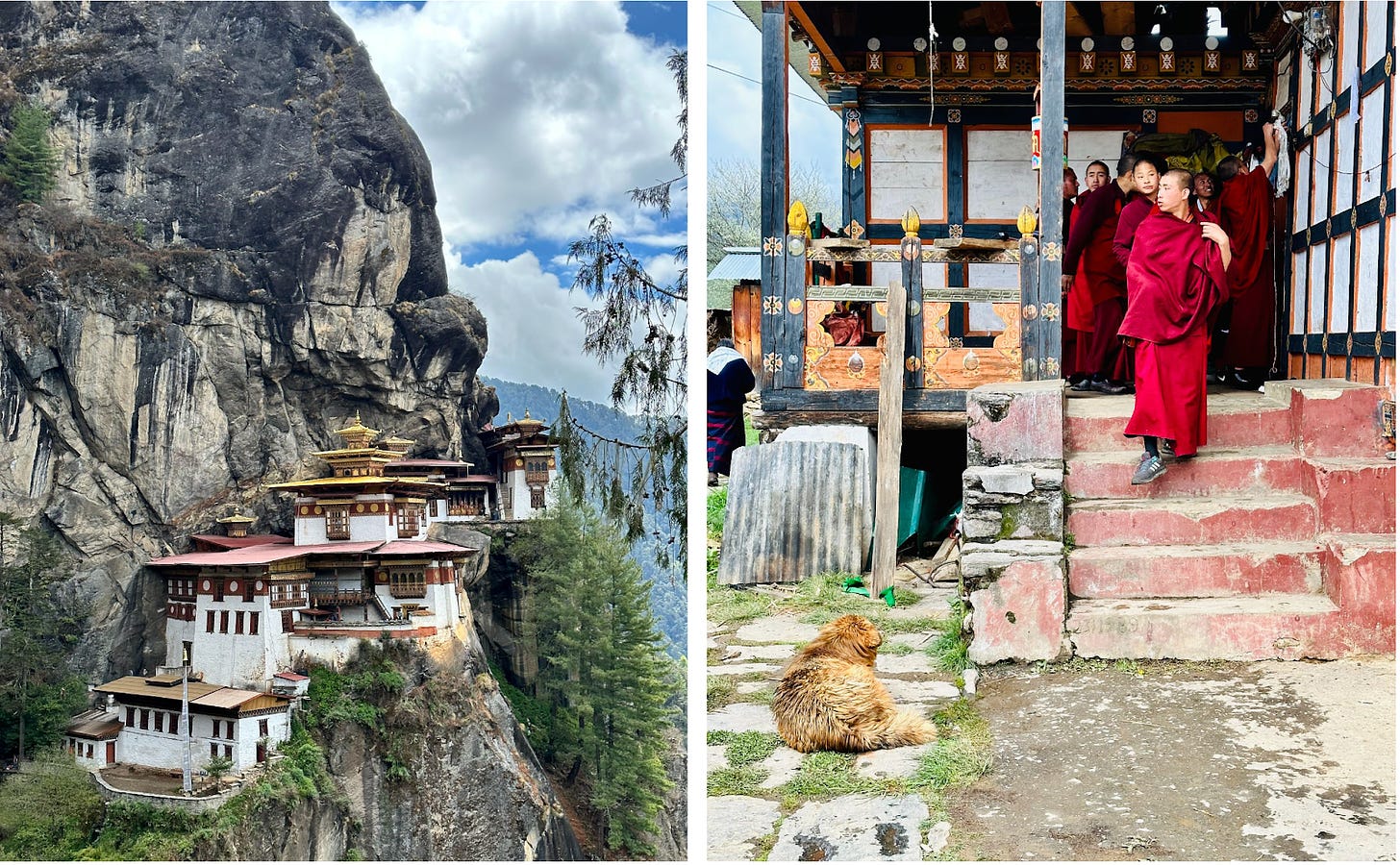
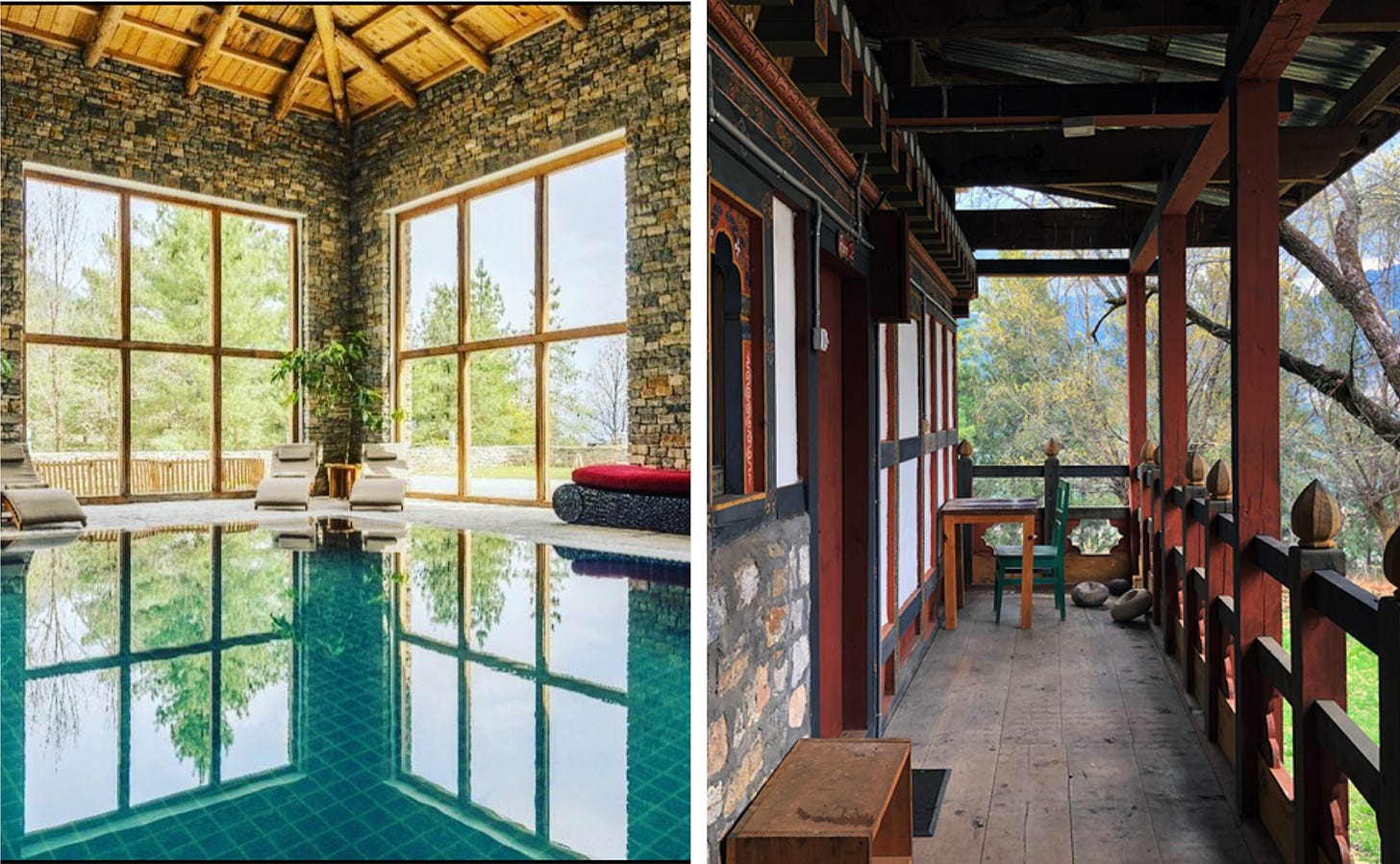
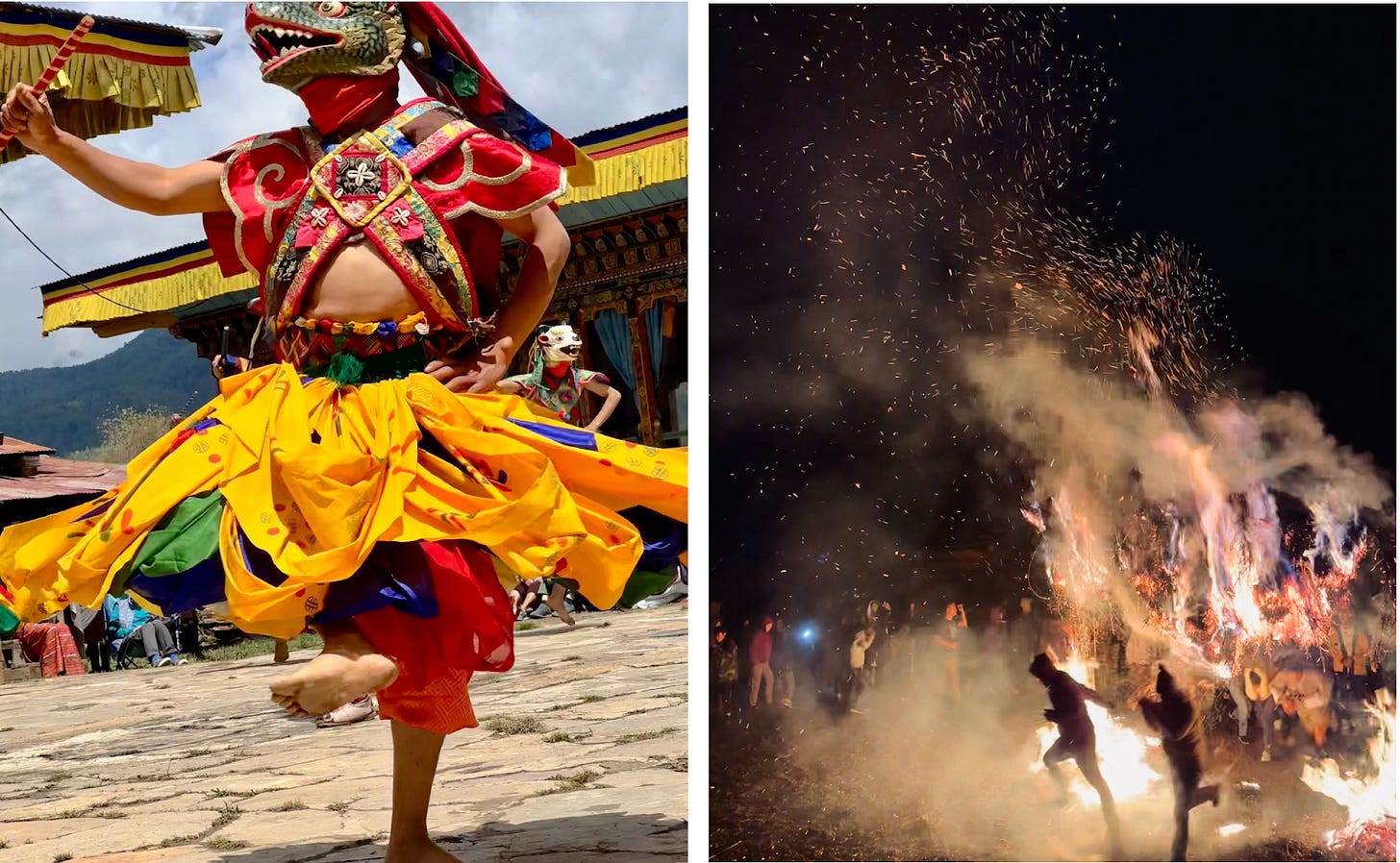
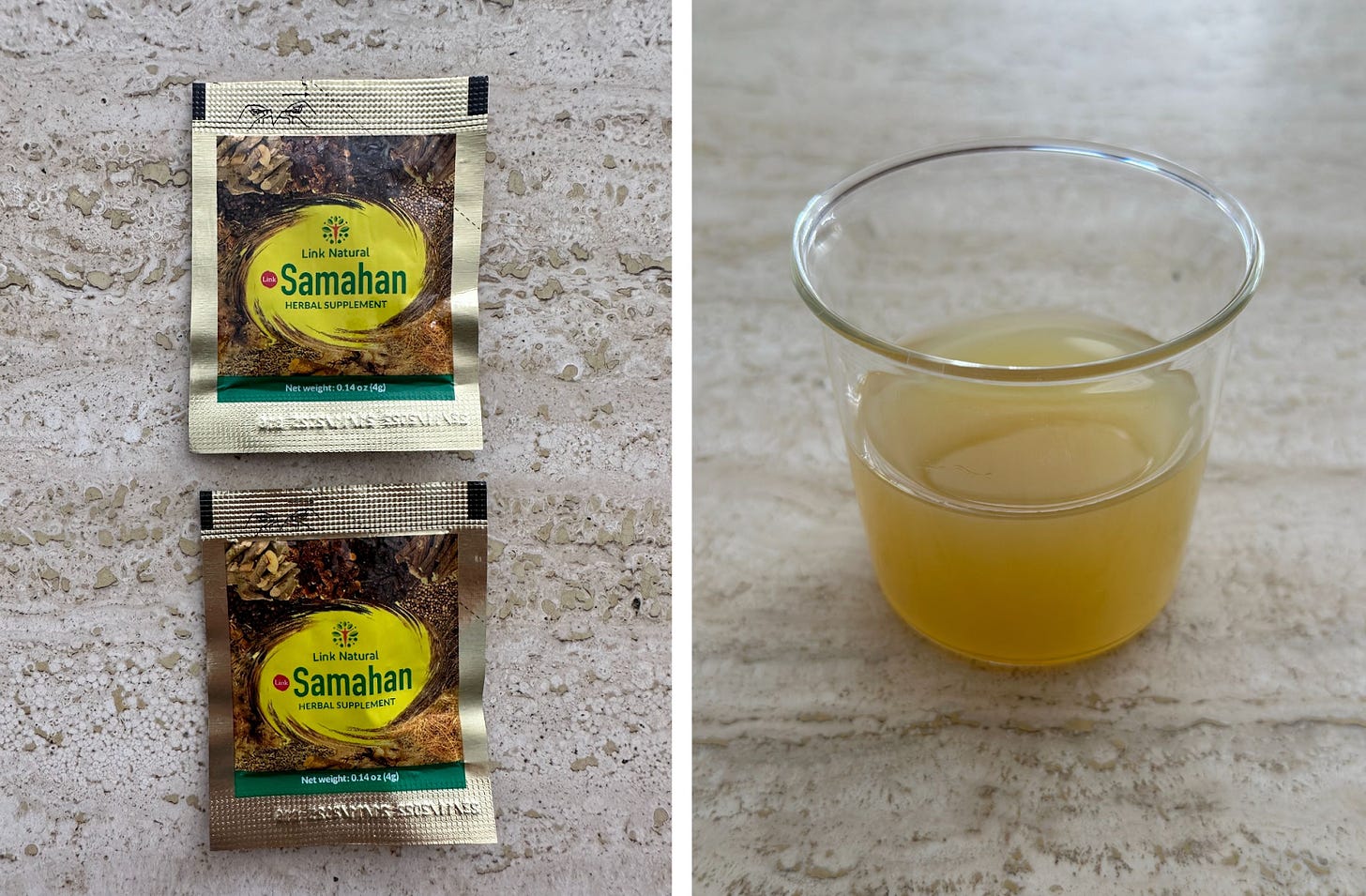
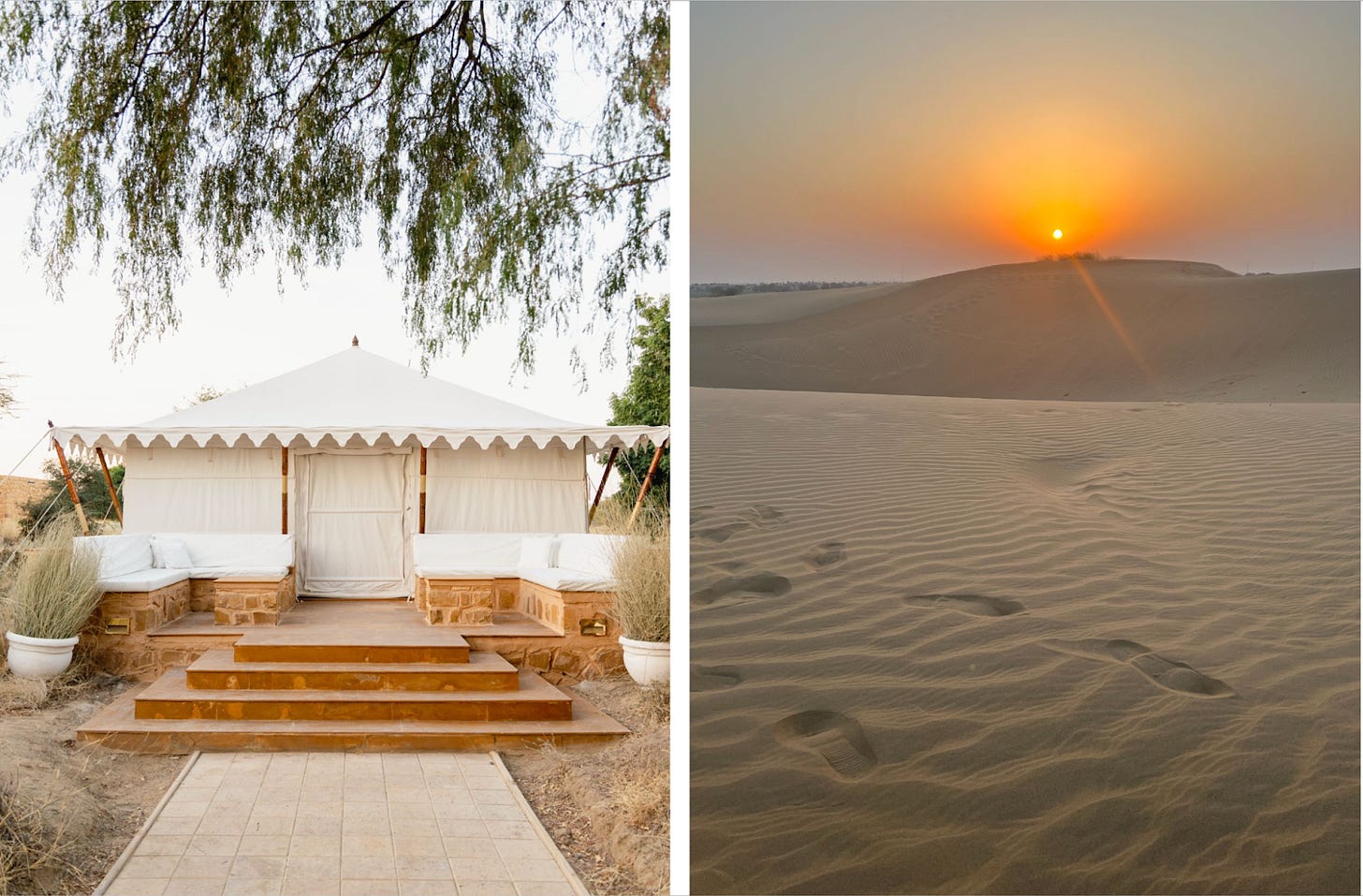

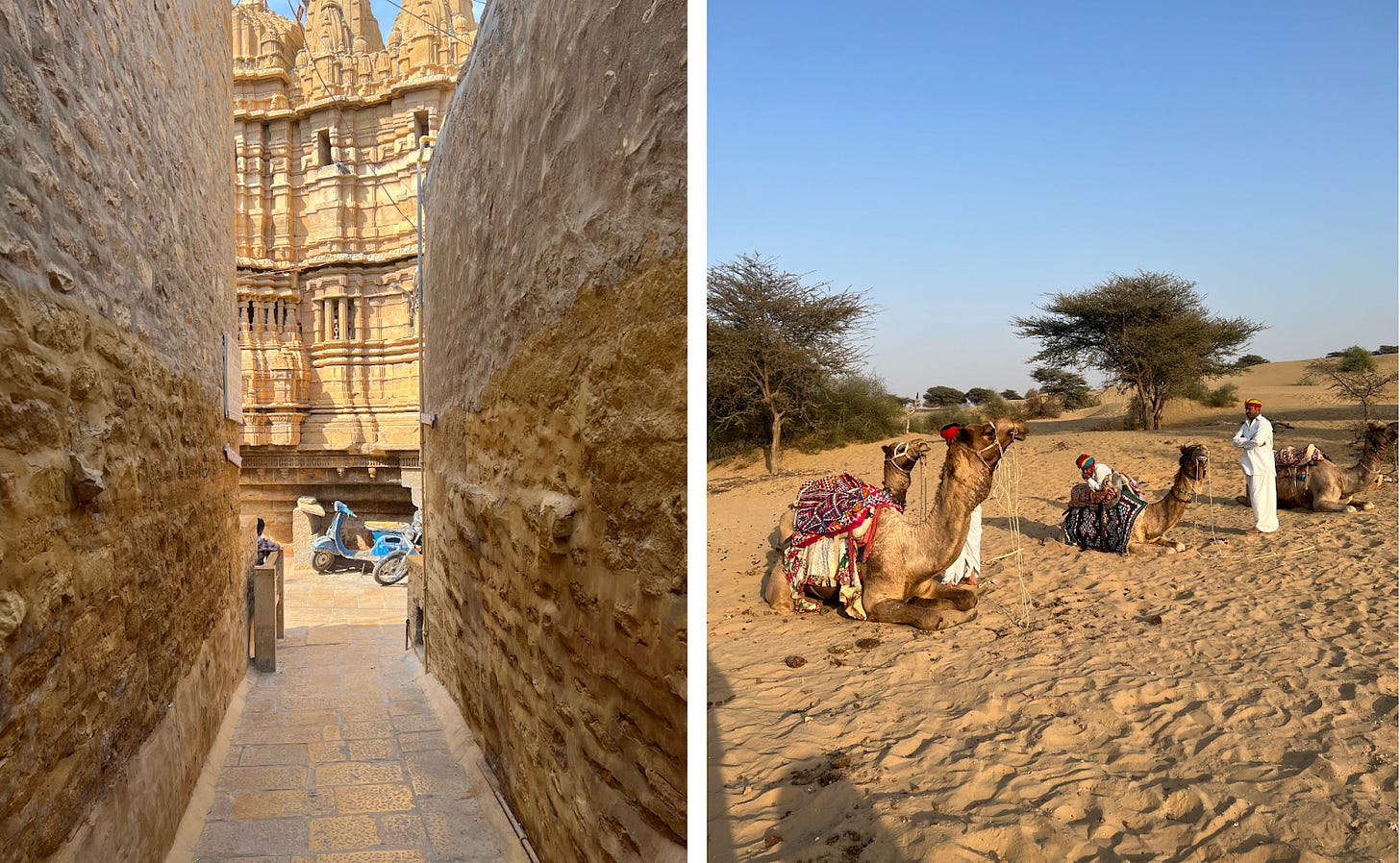

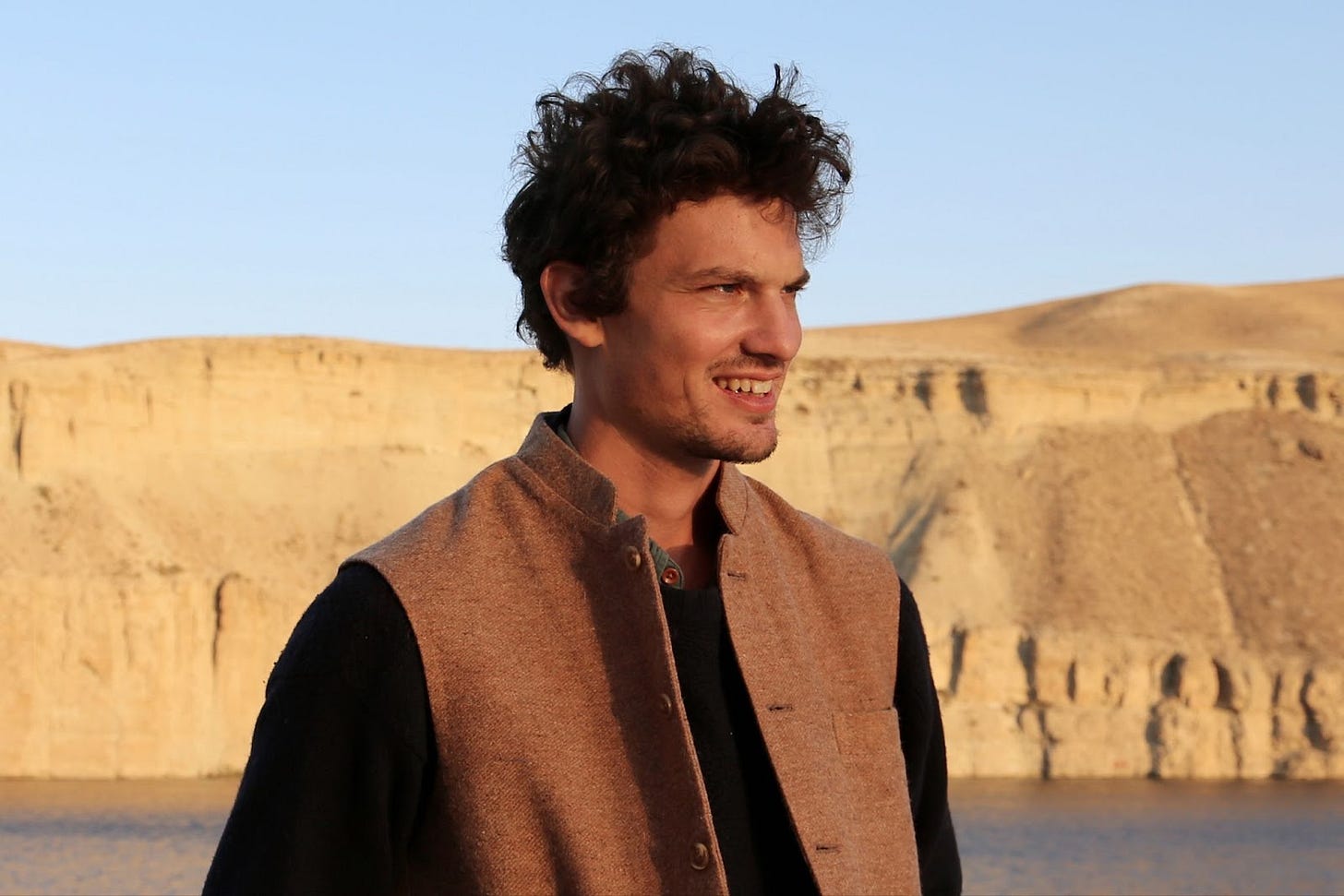
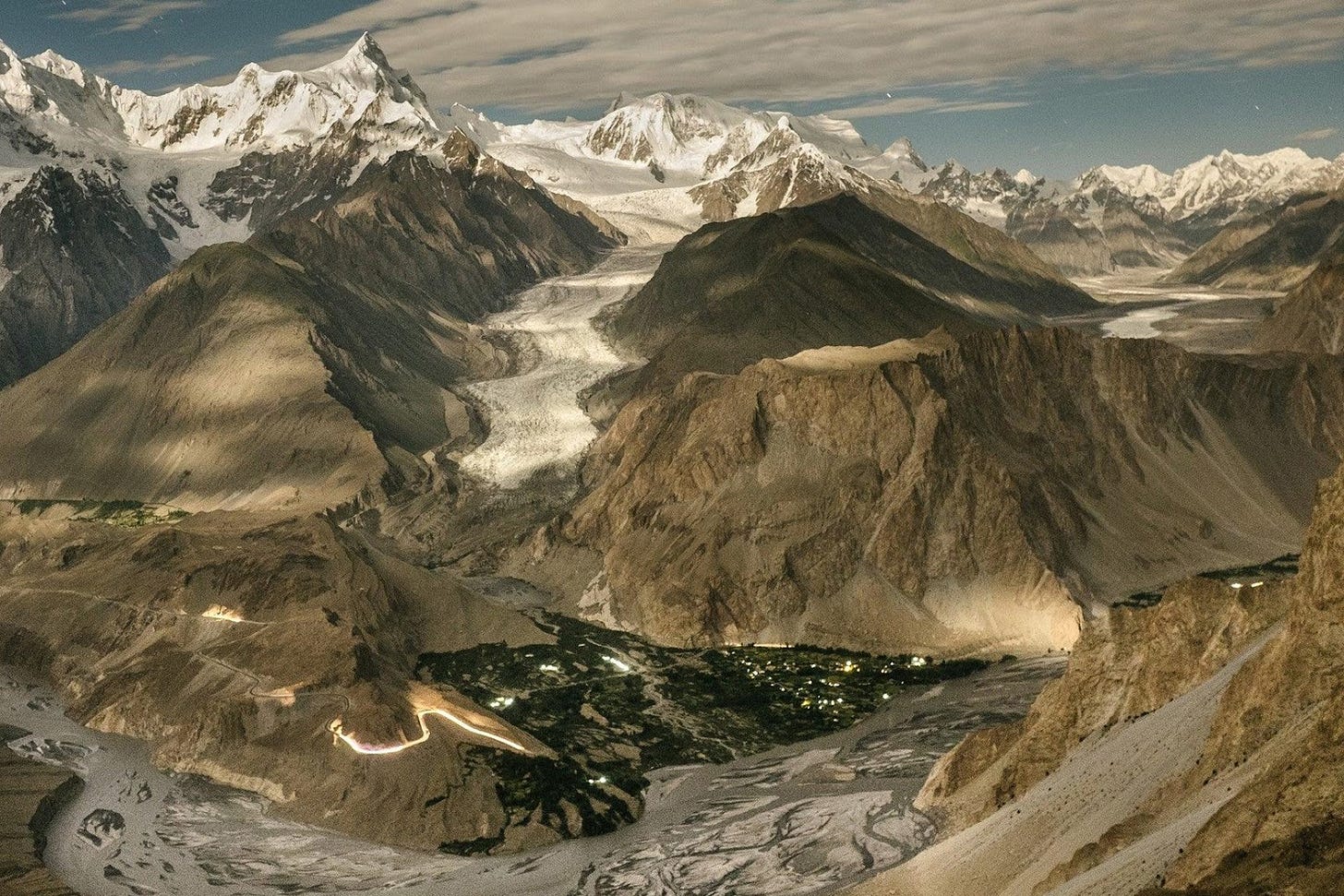
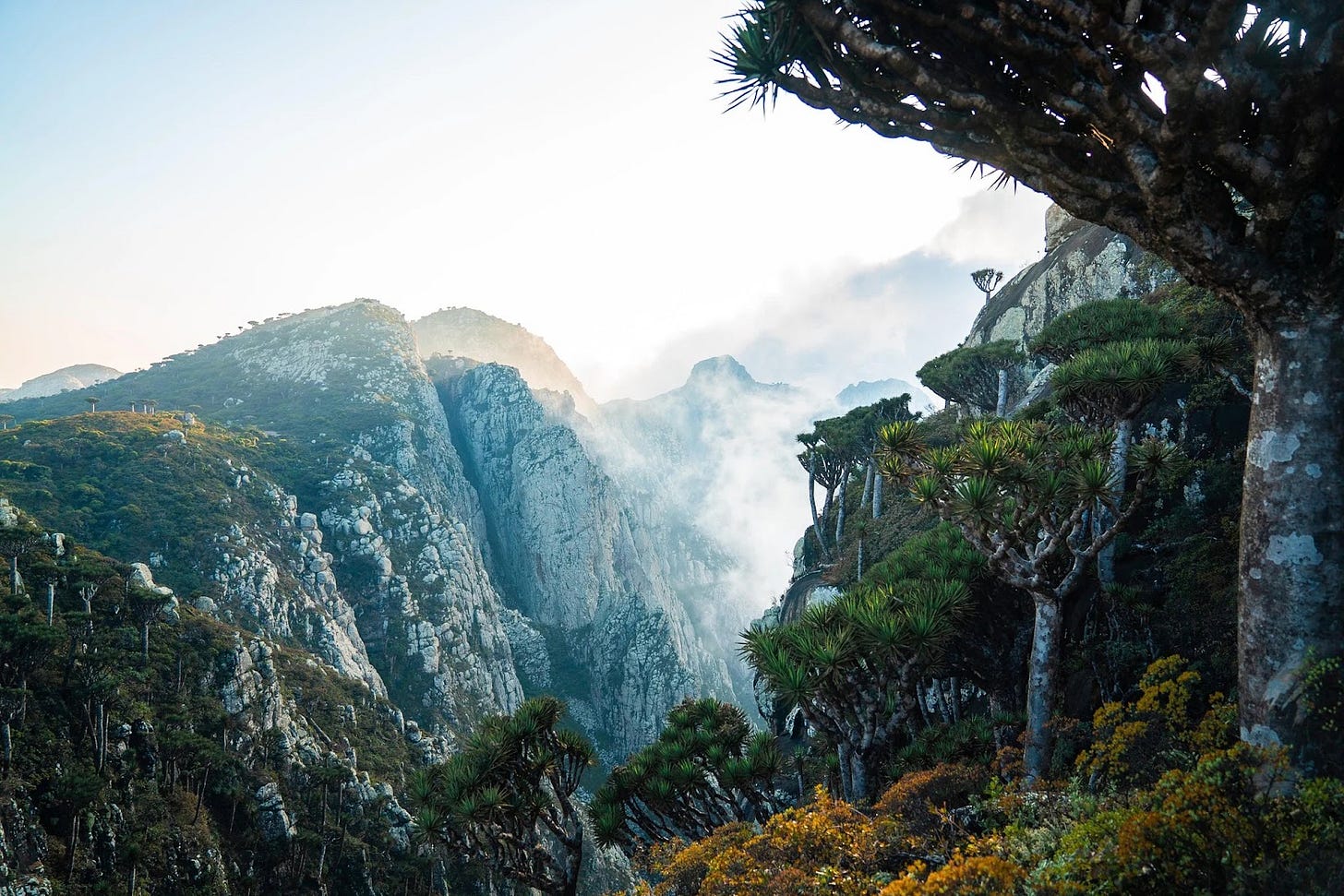
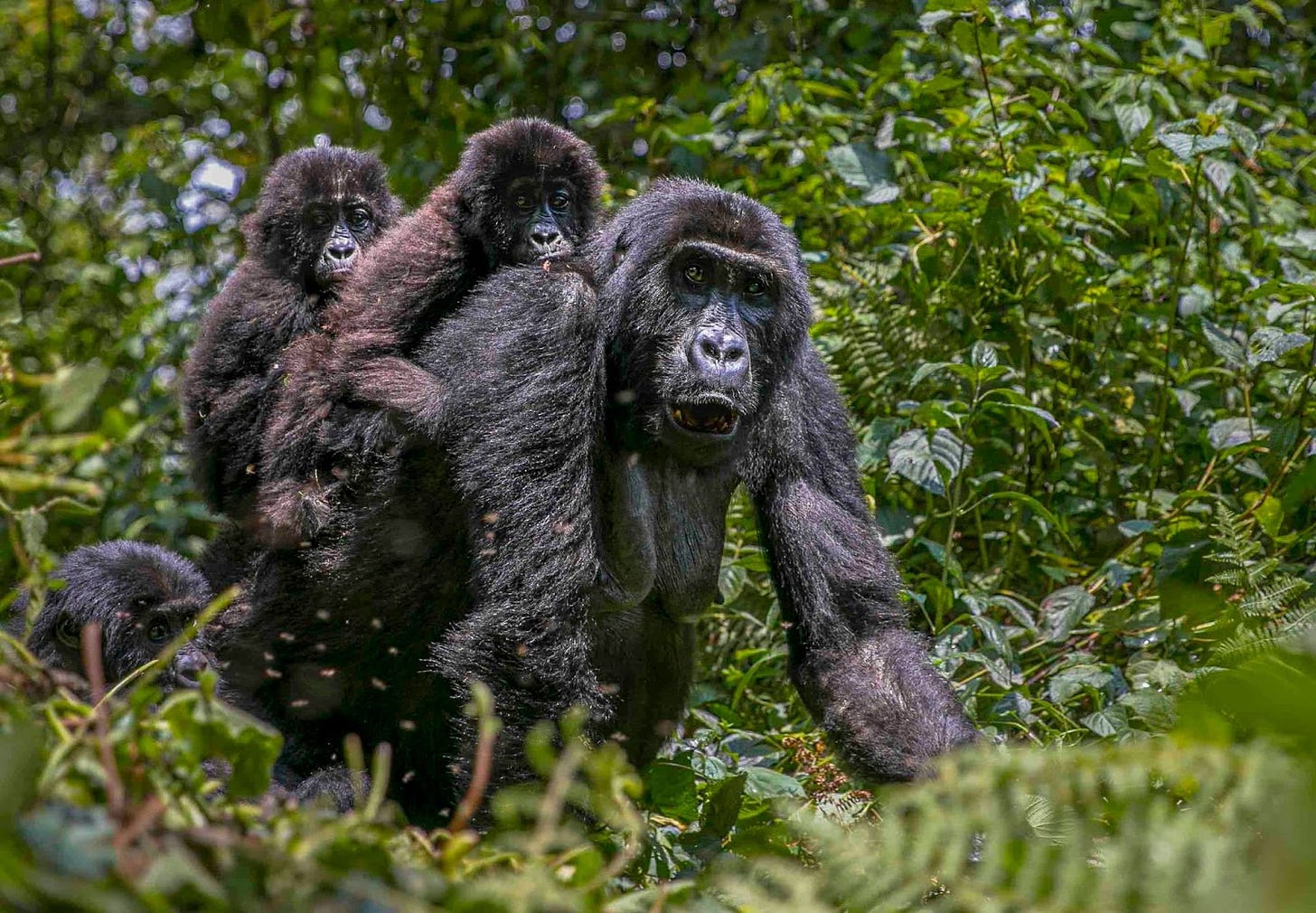
I am looking to move permanently to the EU, but I am also open to a part time situation. I am considering climate change in looking for a destination, especially considering the heat last year. I am thinking Yolanda and her cohorts who write for Yolo would have great information about moving: destinations that are welcoming to foreigners and perhaps issues they have run up against such as language barriers, visas, moving costs, phone plans, banking etc. There is so much to consider. Thanks for responding!
Hi, loved your article on Bhutan. Would you mind telling me how long your trip was, and roughly how much it cost (excluding flights)
Thanks so much
Stephanie